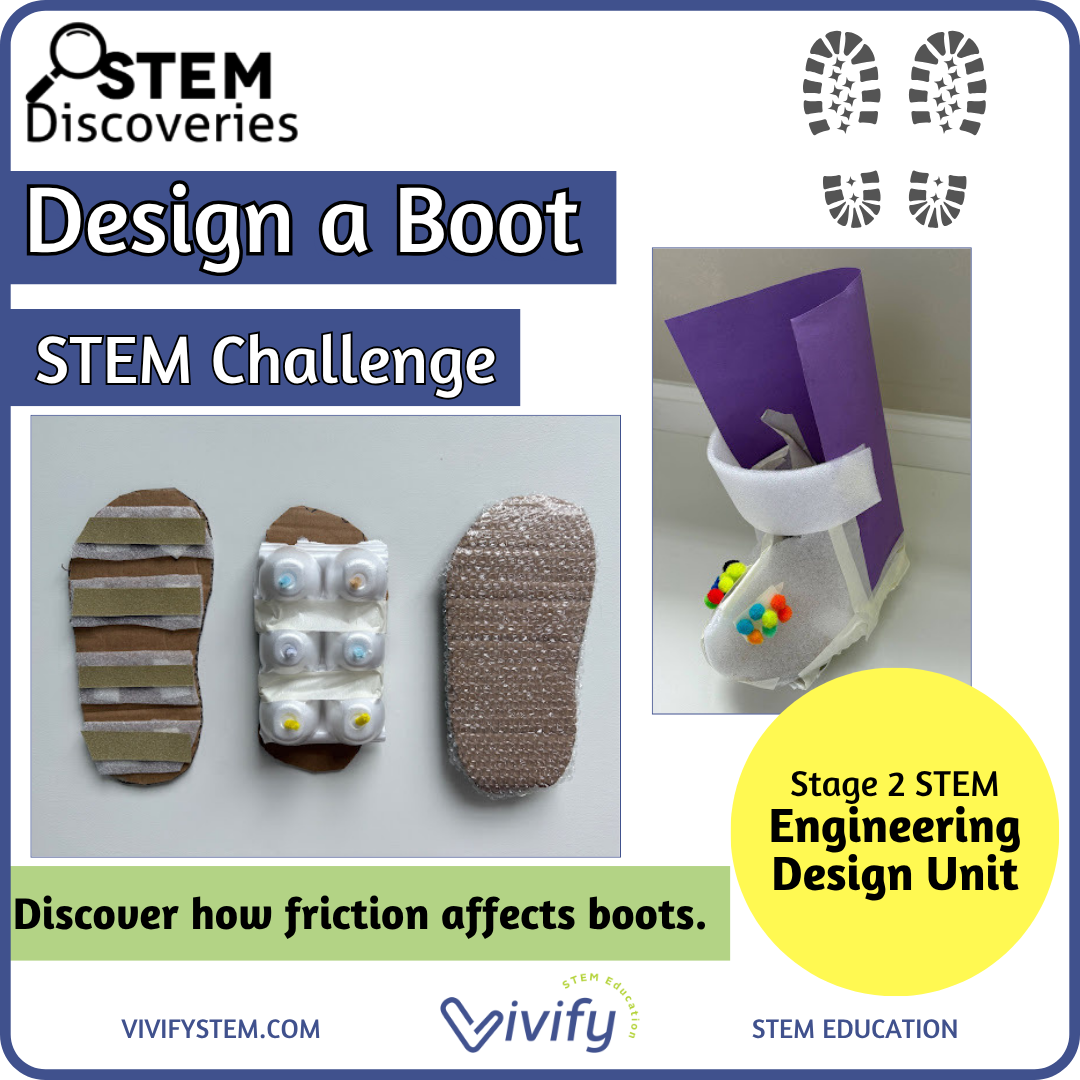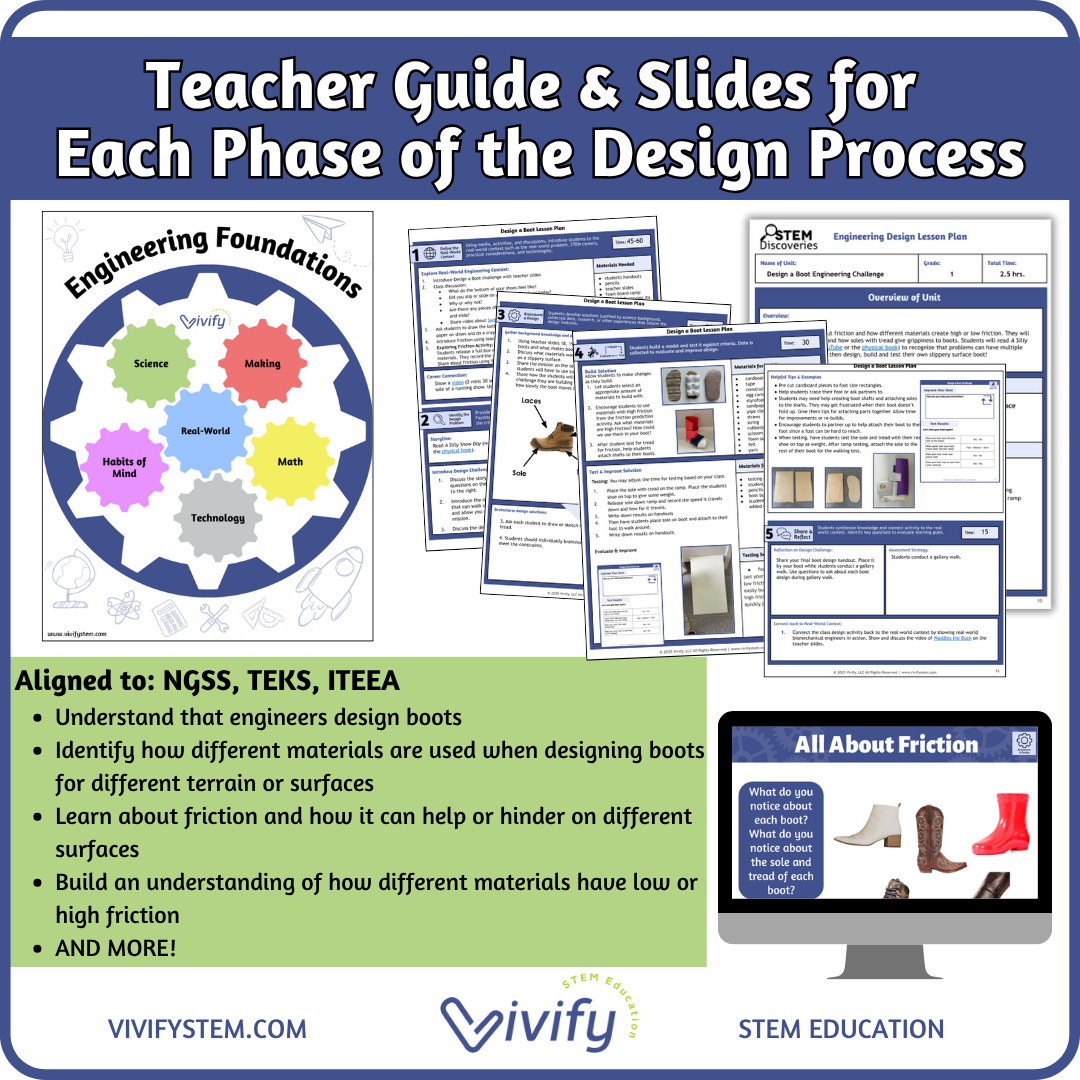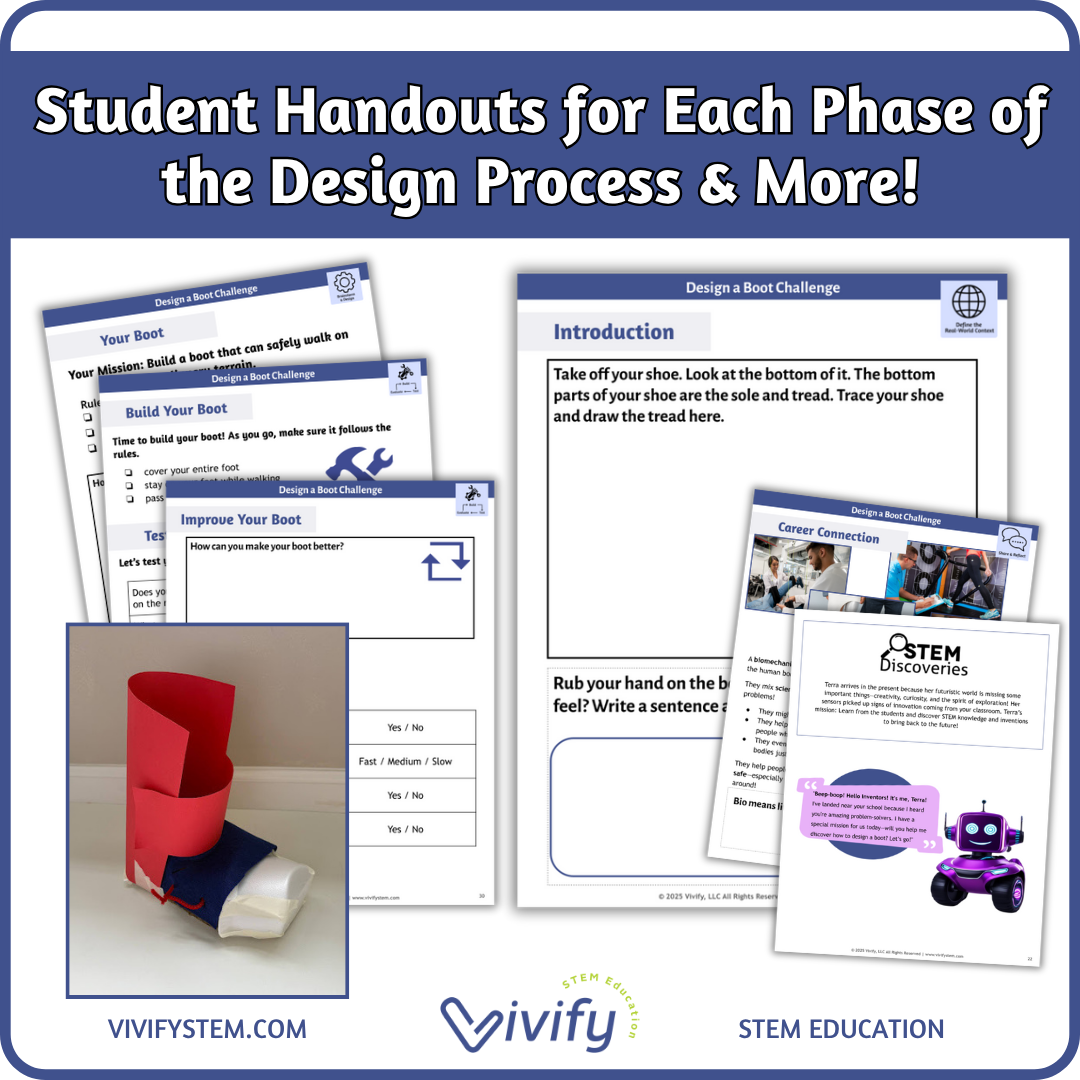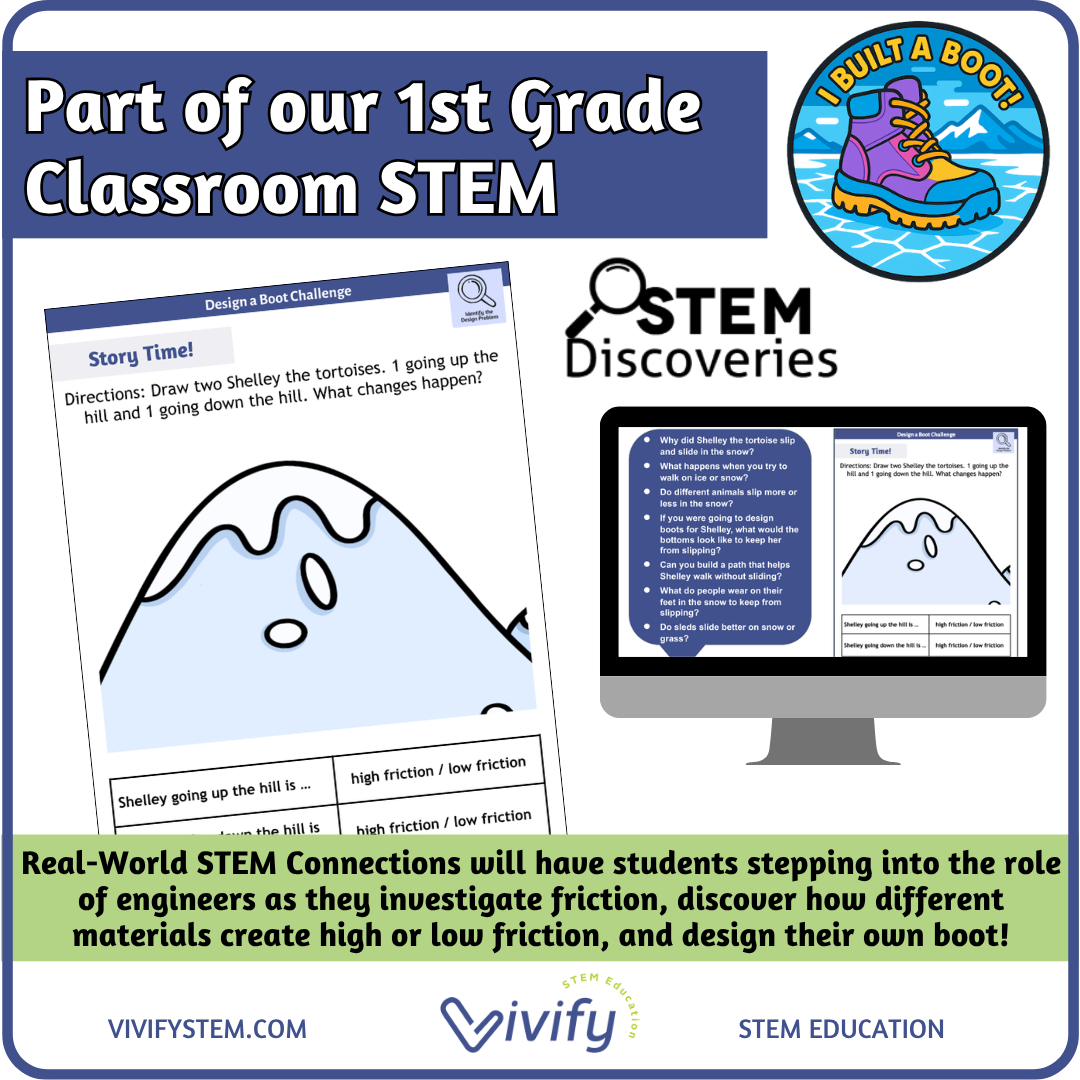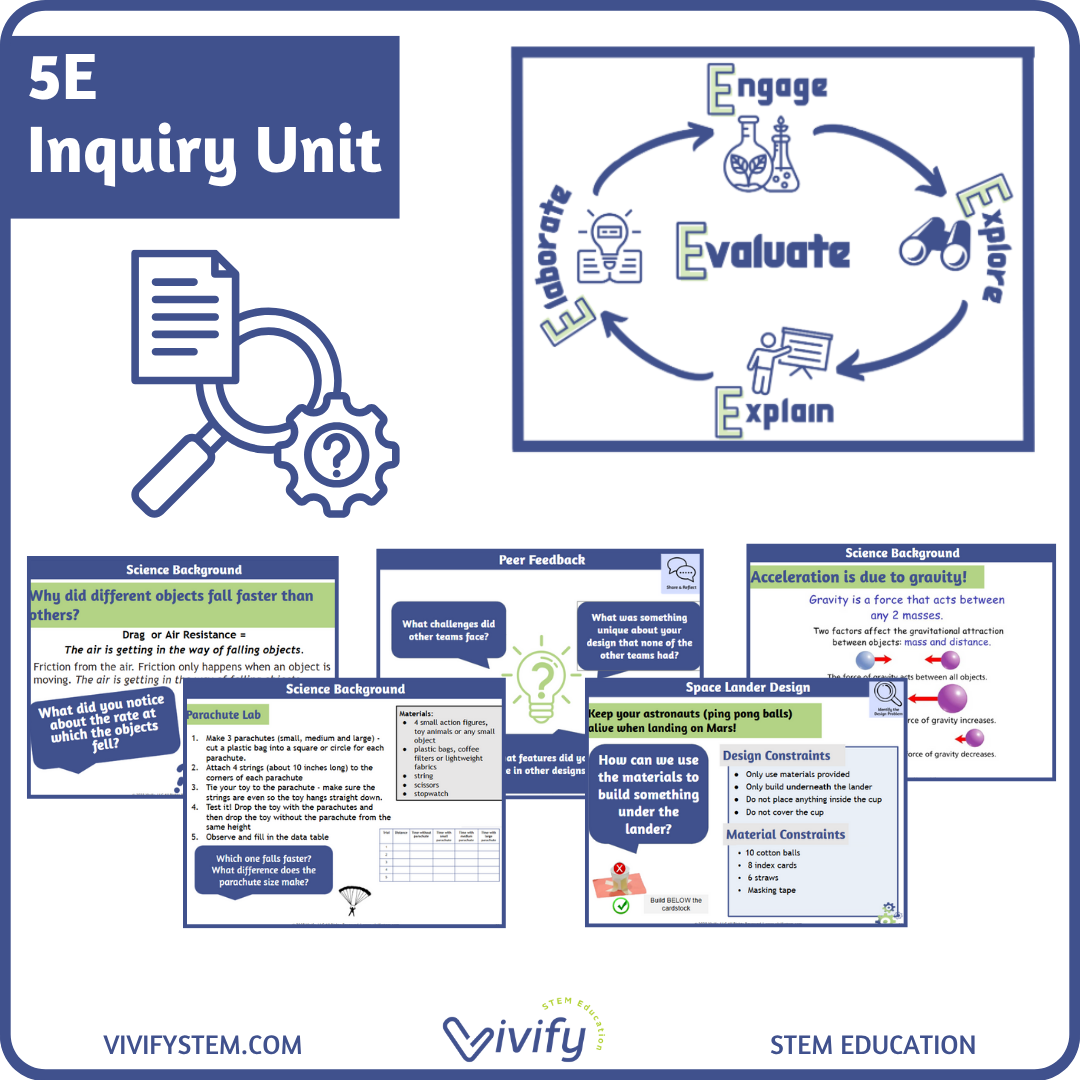Space Capsule Heat Shield 5E Engineering Challenge (MS-PS3-3)
This lesson sequence is intended to guide students in upper elementary or middle school (4th - 8th grade) through a 5E STEM unit targeting heat transfer. No prior knowledge of heat transfer is needed.
Heat Shield STEM Unit Overview
To introduce the ideas around heat transfer, students will use different methods to melt an ice cube and then compare, contrast and analyze the different methods. Building from this experience, teachers will introduce ideas around heat transfer: conduction, convection and radiation. Concept development will take place through classroom demonstrations, reading, videos, and discussion questions. Students will then apply these concept to an engineering challenge including designing, building, and testing a heat shield to protect a spacecraft and crew (chocolate). Reflection questions and peer evaluation is provided along with a comprehensive exit ticket to assess student learning throughout the unit.
Engage: Gravity Re-entry Video Clip
Explore: Melt an Ice Cube
Explain: Connect Ice Cube to Heat Transfer
Elaborate: Deepen Understanding with Heat Shield Engineering Challenge
Evaluate: Assess Student Learning with Discussion, Reflections + Exit Ticket
Real-world STEM Connection:
Material Scientist
NASA's Orion spacecraft
Science of heat shields
As with many STEM activities, this challenge can be tailored to students of various skill levels and abilities.
Standards Alignment:
3-5-ETS1-1.
Define a simple design problem reflecting a need or a want that includes specified criteria for success and constraints on materials, time, or cost.
3-5-ETS1-2.
Generate and compare multiple possible solutions to a problem based on how well each is likely to meet the criteria and constraints of the problem.
3-5-ETS1-3.
Plan and carry out fair tests in which variables are controlled and failure points are considered to identify aspects of a model or prototype that can be improved.
MS-ETS1-1.
Define the criteria and constraints of a design problem with sufficient precision to ensure a successful solution, taking into account relevant scientific principles and potential impacts on people and the natural environment that may limit possible solutions.
MS-ETS1-2.
Evaluate competing design solutions using a systematic process to determine how well they meet the criteria and constraints of the problem.
MS- PS3-3 Energy
Apply scientific principles to design, construct, and test a device that either minimizes or maximizes thermal energy transfer.
Included in this product:
Detailed teachers guide with links to resources
Editable teacher companion presentation slides
Photos and videos of student examples
Editable printed student handouts to guide them through the design process
Videos to motivate and support learning
STEM Career Connections and real-world examples
Science handouts
Student recording sheet for each step of the process
Suggested Materials:
air dryer
¼ of regular chocolate bar per test
5 oz paper cup
Tongs
Scale
Stopwatch
Oven mitts/gloves
2 thermometers (infrared recommended)
Masking tape
Scissors
Foil
Cardstock
Index cards
Construction paper
Newspaper
Cotton balls
Cardboard
Styrofoam
Steel Wool
Bubble Wrap
Foam





